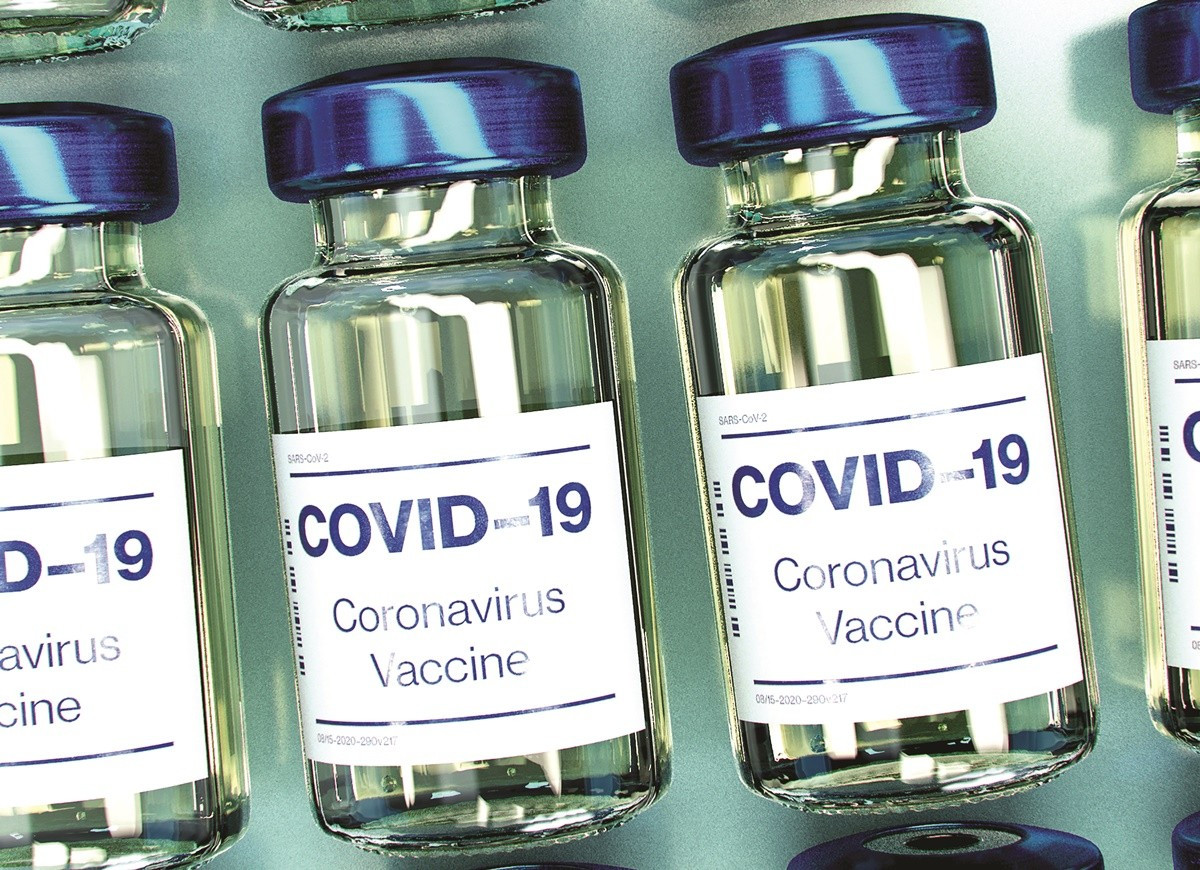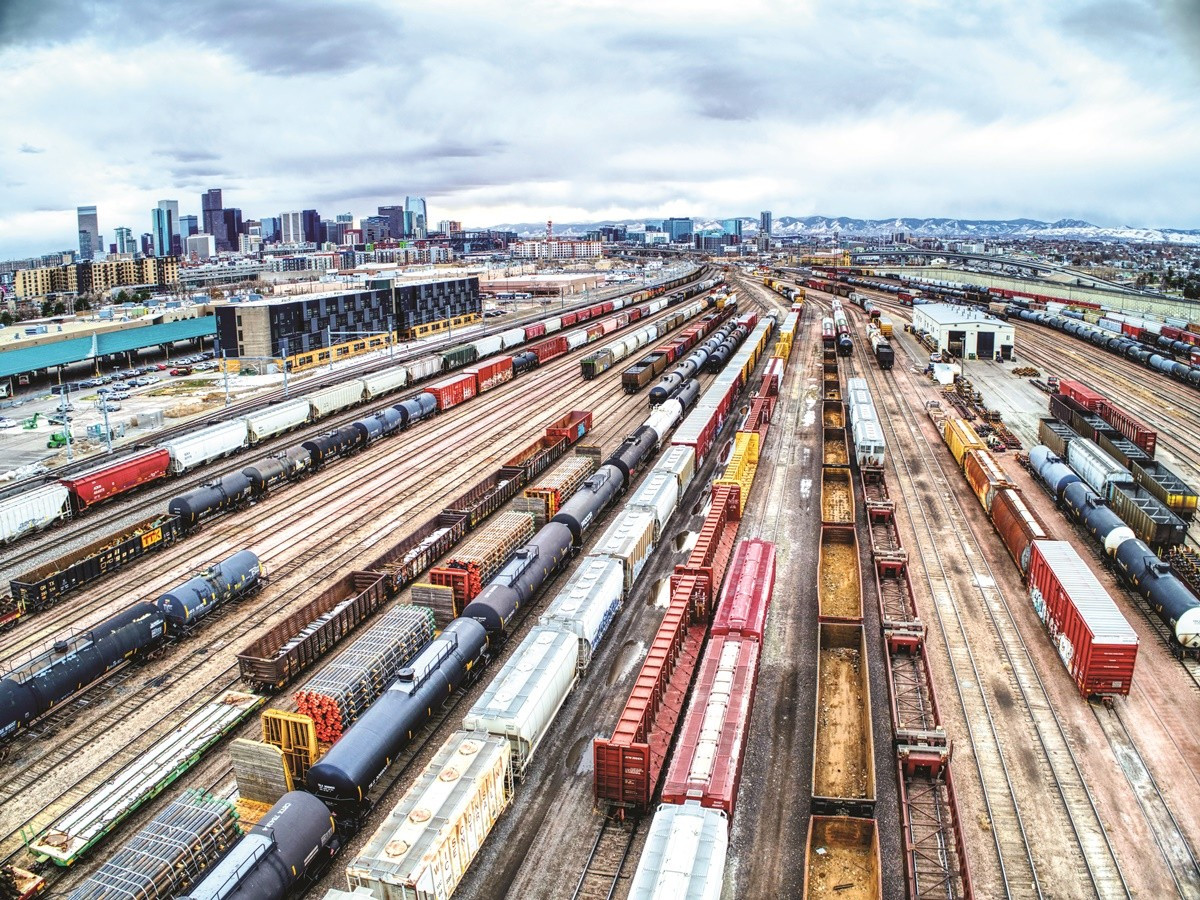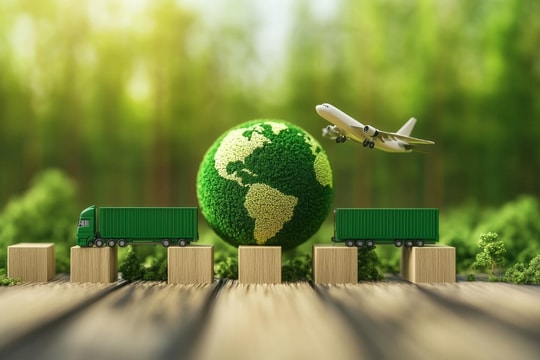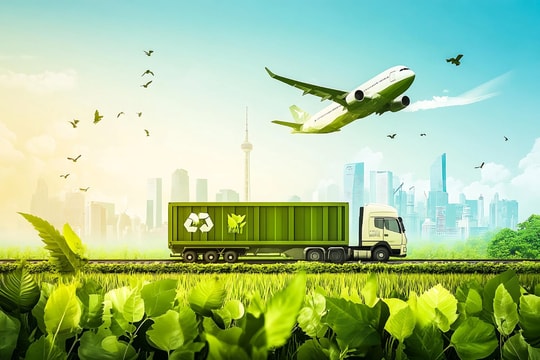
The appearance of the Delta variant exposes the world to new dangers not only in Southeast Asia, where has currently been an epidemic focus but also in Europe and America, where COVID-19 is a hot issue again
An unpredictable loss
According to data released by Johns Hopkins University, over 213 mil people have been infectious with COVID-19, and at least 4.4 mil people died in the pandemic. COVID-19 is a terrible “murder”.
The risk consultant, EIU, belonging to The Economist Group (UK) predicted that the world will lose $2,300 billion USD between 2022 and 2025. IMF (International Money Foundation) also estimated the worldwide economy might lose up to $4,500 billion USD if the wealthy countries won’t aid the poor and developing countries in controlling the epidemic. Wealthy nations are pulling far ahead in their Covid inoculation rates, moving toward booster doses and reopening their economies, while poor countries are lagging drastically behind.
According Our World in Data, until 23th Aug, about 5 billion of vaccine doses have been administered globally, however only 15.02 mil of those doses are in the lowincome countries. EIU stated that the vaccination campaigns are progressing at a glacial pace in lower-income economies.
EIU also shared that this estimation was noticeable. However, this is just part of economic opportunities that have been missing when impacts of the pandemic on education and health were not countable.
Asia will be “by far the most severely affected continent” in absolute terms, with losses projected to reach $1.7 trillion, or 1.3% of the region’s forecasted GDP. Countries in sub-Saharan Africa will lose around 3% of their forecasted GDP, the highest in percentage terms.
Based on EIU’s report, an inequality in accessing vaccines emerged because of a global shortage of production capacity and vaccine raw materials, logistical difficulties in transporting and storing the vaccines, and hesitancy because of mistrust of the shots. Many developing countries also cannot afford the vaccines for their residents and looked to donations from richer countries, but global initiatives have not been entirely successful in supplying shots to those who need it.
Poor countries are likely to recover from the pandemic more slowly, especially if restrictions need to be re-imposed because of lower vaccination rates, the EIU said.
Tourists may also avoid countries with large unvaccinated populations due to safety concerns. The virus situation continues to evolve, with herd immunity likely out of reach because of the highly transmissible delta variant, and the vaccination is to reduce severe cases, hospitalizations and deaths.
Recovery prediction
It is too earlier to estimate the losses suffered by the global economy due to COVID-19 the economic loss, even though there are already some suggesting it could have been as high as $12,000 billion USD. If this is the case, the losses far exceed all was lost during the Great Depression of the last century.

It is expected that the global economy will take a comprehensive recovery by the end of 2022
The pandemic will take the repercussions that will take longer to be overcome, especially as they have already lead to profound disruptions to the global economy. This is why the process of recovery will face several obstacles. It is notetaking that vaccines may reduce the severity of infections, but do not provide full protection due to the many virus mutations in future.
Some vital manufacturing sectors, including mineral mining, has been put to the near complete cessation due to COVID-19 pandemic. This has set off an acute shortage of key commodities, and have a telling effect on categories such as semiconductor chips, in turn affecting the construction, automotive and other industries. It is part of a broader supply chain disruptions that became obvious right from the early days of the pandemic. Economies and manufacturers now find regaining the pre-COVID-19 cycle of production is not going to be easy, nor will it prove inexpensive. Such obstacles will continue to create a gap between supply and a gradual recovery in demand.
However, Gulf News (US) confirmed that the prospects of the economic recovery seem promising, albeit dependent on what might happen if the Delta variant of the COVID-19 spreads. In particular, the industrial sector is expected to perk up faster than services.
Although Global Value Chains (GVC) have been attacked or even broken up, other GVC will be re-established. Definitely! According to Victoria Kwakwa, the Vice President of Asia and Pacific region, World Bank: “The pandemic will encourage national enterprises to apply new technologies and upgrade their business models. For example, the blockade of workers can lead businesses to automate certain functions, promote digitization and use online platforms, etc., and promote e-commerce”. Yes, COVID-19 has created a “headwind” that forces people to change, “turning risks into risks” in the era of 4.0 industrial revolution.
IMF expected that the global economy will grow in 2021 after dropping down 4.9% last year. Economies in the Gulf Cooperation Council (GCC) will regain faster than the previous prediction of IMF. IMF expected that the global economy possibly grows in 2021 after dropping down 4.9% last year. Economies in the Gulf Cooperation Council (GCC) will regain faster than the previous prediction of IMF. The global economy has begun to recover and put towards the pre-pandemic levels, but this path is not easy.
Although the “recovery pathway” can be not smooth, it will certainly not hinder the “revival” process next year. It is expected that the global economy will take a comprehensive recovery by the end of 2022.




.png)






.png)


.png)
.png)